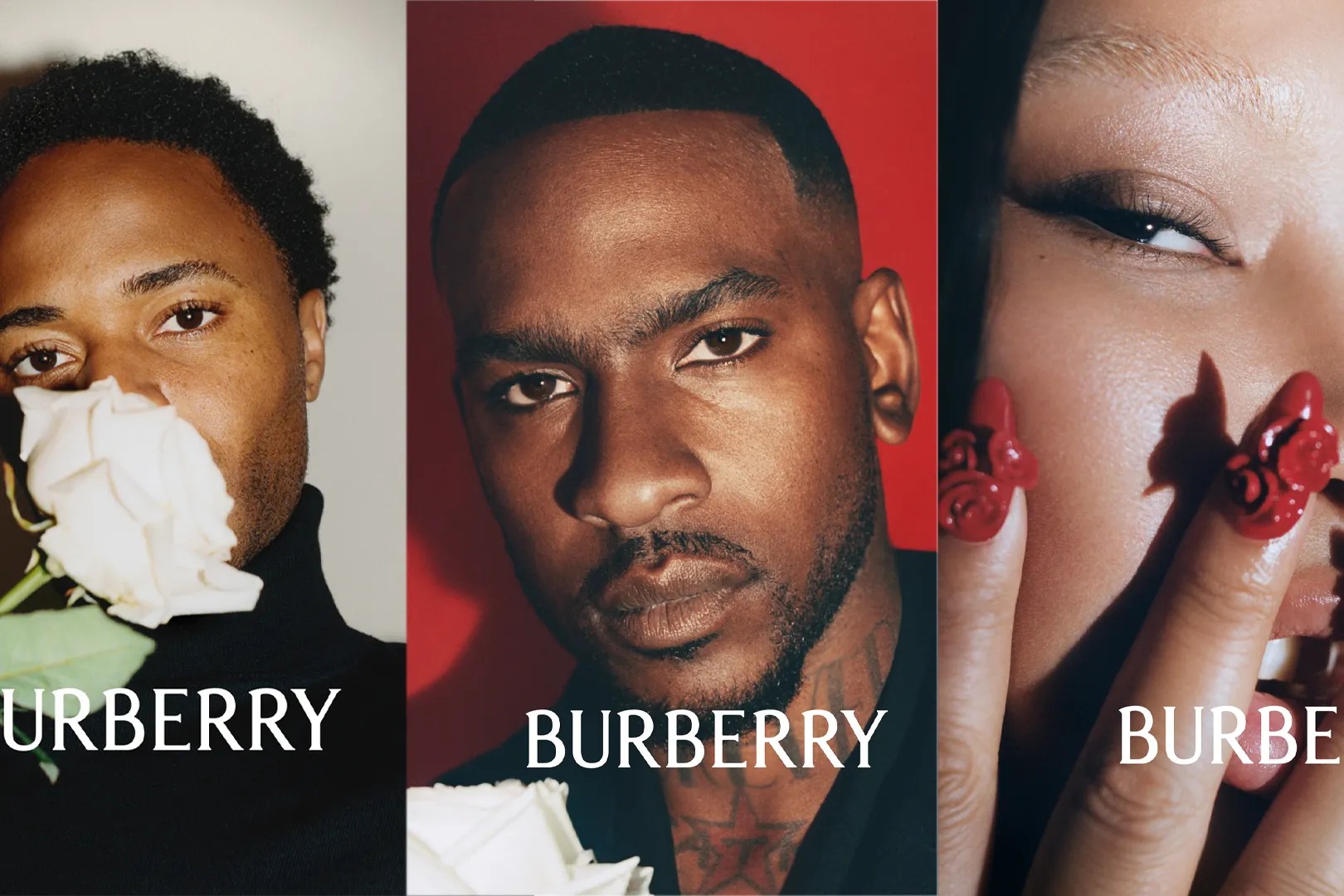On July 7, it was reported by the British publication The Telegraph that Burberry was preparing to cut hundreds of jobs as part of a 45-day restructuring consultation following a sharp decline in the company’s stock market value. As of July 15, the brand has replaced CEO Jonathan Akeroyd with Joshua Shulman, who was previously CEO at Coach.
“Burberry is an extraordinary luxury brand, quintessentially British, equal parts heritage and innovation,” Schulman said in a statement to the press. “I look forward to working alongside Daniel Lee and the talented teams to drive global growth, delight our customers and write the next chapter of the Burberry story.”
The moves are reportedly part of the British fashion house’s broader efforts to streamline operations and address financial challenges, with its profits shrinking 40% over the last two years. The company had a pre-tax profit of £383 million ($485 million) for the year up to March 30, 2024, down from £634 million ($803 million) the year prior. The job cuts are expected to affect various departments. Burberry did not respond to requests for comment.
According to Tricia Logan, managing partner and leader of executive recruitment firm DHR’s global consumer and retail practice, decreased demand, declining profits and slumping stock prices forced to implement cost-saving measures. “We have seen this pattern repeat itself over time, with layoffs most often impacting middle management across companies during downward cycles,” she said.
Burberry is not the only European brand making internal changes. Announced on July 5, Benetton Group is undergoing a restructuring, though it’s reportedly prioritizing the protection of jobs by working with trade unions to instead reduce working hours and salaries. The changes are part of a broader strategy by Benetton CEO Claudio Sforza to stabilize the business and ensure long-term sustainability.
Benetton’s revenue in the year ending May 28 was €1.1 billion ($1.21 billion), with a net loss of €230 million ($253 million). Losses before interest and taxes equaled €113 million ($124 million).
Logan noted that Burberry’s major transformation under CEO Jonathan Akeroyd had not paid off, necessitating a swift change in strategy to streamline and become more agile. Similarly, Benetton’s investment to revamp the brand, starting in May, has not yielded quick results, prompting cost reductions and workforce redundancies. A Benetton representative did not respond to requests for comment.
“Interestingly, both brands are looking at a reduction in workers in their headquarters versus their retail stores, signifying the continued focus of retailers and brands on customer experience,” Logan said.
Logan anticipates that director-level positions, particularly in marketing and product-focused functions, will be most impacted, though human resources and operations will also likely see changes. Benetton has already replaced its CEO, in May, and now Burberry has followed. This will potentially lead to changes across the entire C-suite with the aim of a knock-on effect on company results. Former CEO Jonathan Akeroyd joined Burberry in 2022, setting a £5 billion ($6.5 billion) sales target soon after by refocusing on the brand’s “Britishness.”
But a new C-suite may not be enough to fix the problems at Burberry. Ben Matthews, a buying and product direction expert and founder of fashion buying consultancy BAM Consultancy, said the company should refocus on its products. “There is so much goodwill for Burberry from both domestic and international markets — it’s a very liked brand, he said. “So you don’t necessarily need to convince customers to get them on board. You have a captive audience, so now give them something to buy.” Matthews has worked with Browns, Mugler and The Elder Statesman.
Notably, the recent collections from Burberry creative director Daniel Lee have not seen significant traction. The latest collection was initially priced 58% above other legacy leather goods brands, and that price gap was recently reduced to around 48%, according to Bernstein analyst Luca Solca. Like many brands in the U.K., Burberry has also suffered from the local tax-free shopping pause that remains in place with the newly elected Labour government.
“Sadly, both the design and pricing architecture do not necessarily align with the expectations of the customer,” said Matthews. “Burberry has never been a ‘cool’ brand, and that’s OK. Even during the successful Christopher Bailey days, Burberry was never considered at the cutting edge. But what it did have was a consistent, desirable offer with a wide appeal.”
In 2010, coming out of the recession, Burberry’s second-quarter revenues were up 30% to £282 million, as reported by the Times.
As luxury groups continue to elevate their brands, a market gap is accessibly priced luxury fashion, said Matthews. “My advice for Burberry is to rethink its ultra-luxe strategy and reposition itself into the advanced contemporary space, learning from brands such as Michael Kors, which is anchored around premium positioning with accessible pricing.”
He added, “This isn’t just about the price point, but it’s also acknowledging what customers want from Burberry — and from where I’m sat, they don’t want high fashion; they want uncomplicated, desirable clothing packaged in a premium, quintessentially British environment. I’m convinced that if Burberry had an offer similar to the successful Swedish brand, Toteme, then its future would be looking a lot rosier.”
Toteme, a Swedish brand known for redefining Scandi style, has been thriving financially by offering effortlessly chic, minimalist designs that resonate with a wide audience. Last year, the brand reported over $100 million in revenues, and it’s projected to reach nearly $150 million in 2024. With 14 stores open globally, the brand plans to open an additional six in the coming year.

